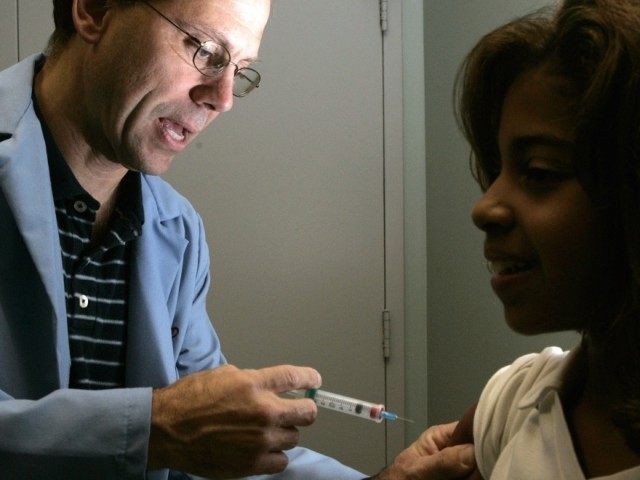Measles isn’t the only disease infiltrating the immune systems of Californians. Whooping cough is back, rising through 2014 and highlighting the diminishing effectiveness of the childhood vaccine. In response, public health officials are encouraging booster shots in adults and older children.
During 2014, Elk Grove, California saw a pertussis (whooping cough) rate three to five times higher than the rest of Sacramento County. The spike came in spite of the high vaccination rate in the area, with only 80 out of 4,500 kindergarteners opting out of vaccination, according to a Eureka Times-Standard report.
The Journal of the American Medical Association concluded that, “a progressive decrease in estimated vaccine effectiveness each year after the final dose of pertussis vaccine” in a 2010 study of children in 15 California counties.
The Centers for Disease Control (CDC) website states, “Consistent with a peak in incidence every 3-5 years, CDPH has declared a whooping cough epidemic in 2014.” Consistent with CDC’s estimation of the disease’s cycle of epidemic, the previous spike in California cases of whooping cough occurred in 2010.
In a sample “Letter of Guidance for Parents and Clinicians during Outbreaks,” the CDC writes: “Protection against pertussis from the childhood vaccine, DTaP, decreases over time.” It suggests booster shots for older children and adults.
Pertussis is considered very contagious, and is transmitted through coughing or sneezing within close contact. Symptoms typically appear within 5-10 days of exposure; however, they may take up to three weeks before manisfesting, reports the CDC.
The CDC notes current vaccinations for pertussis are not a guarantee against infection.
Follow Michelle Moons on Twitter @MichelleDiana

COMMENTS
Please let us know if you're having issues with commenting.